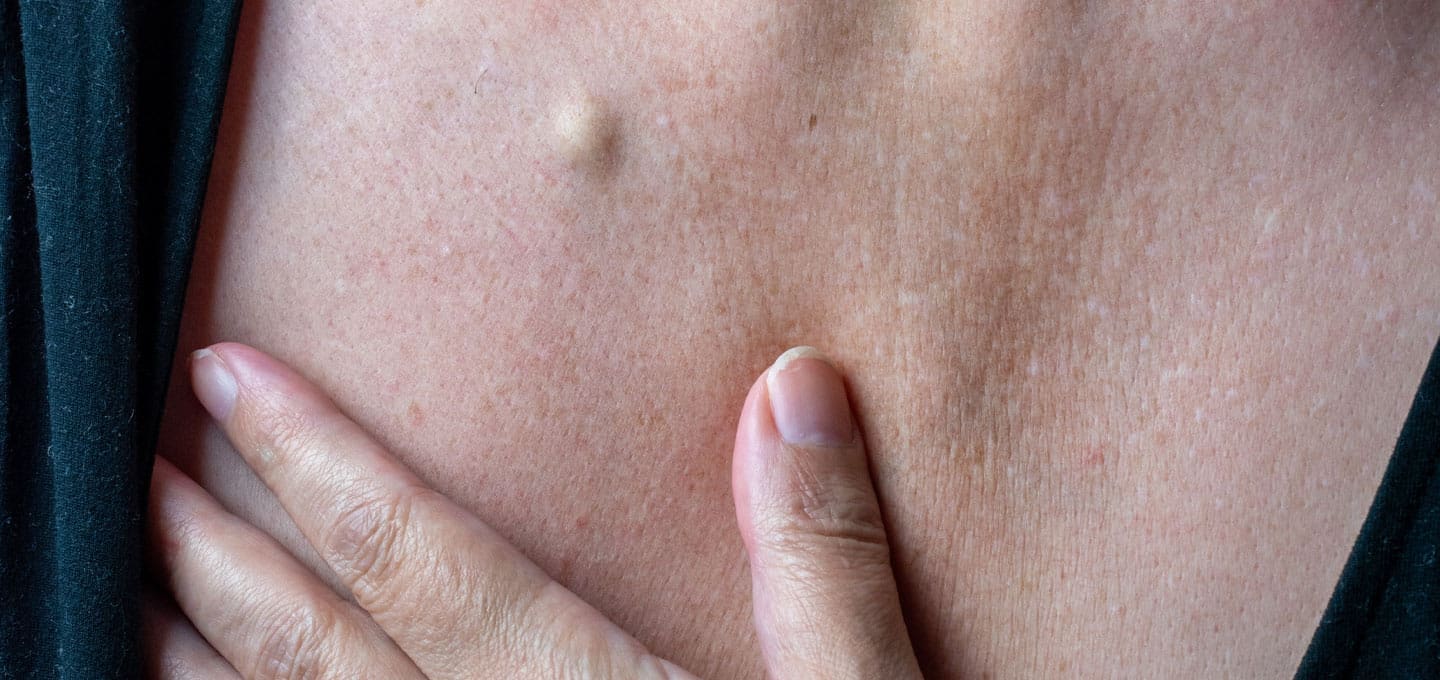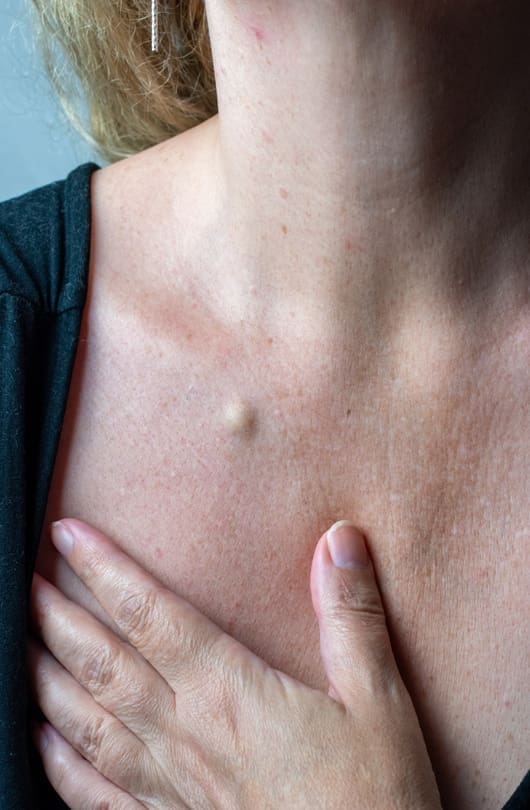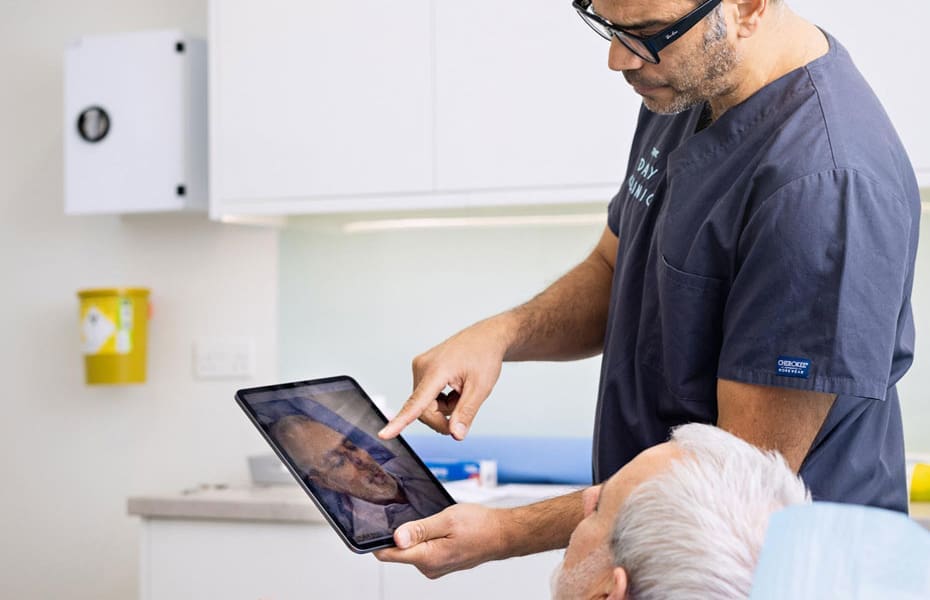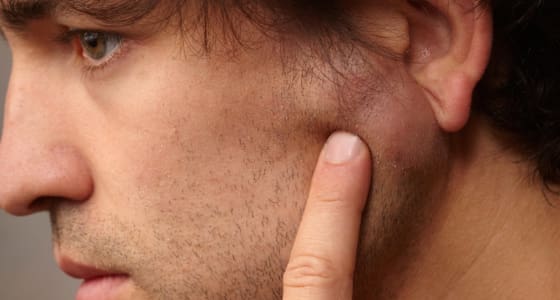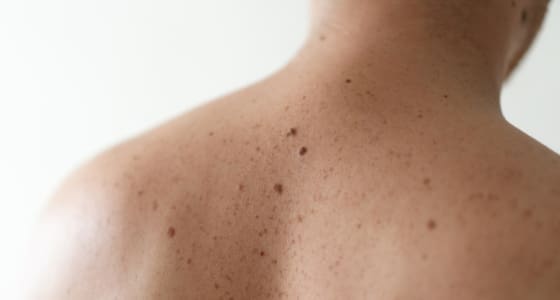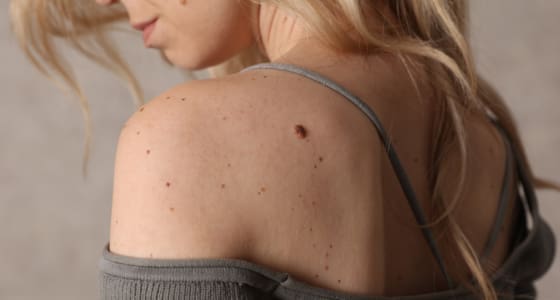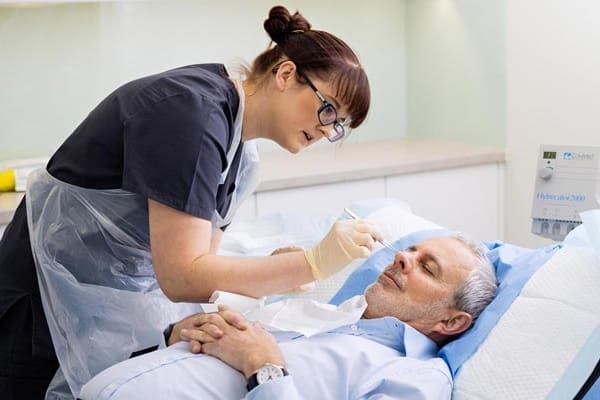Their exact cause is not known but it is thought that they may develop due to blockage or damage to hair follicles or sebaceous glands leading to the accumulation of oil or ‘sebum’.
Sebaceous cysts usually appear as raised lumps which can vary in size. Most cysts contain fluid or a thick, yellowish semi-solid material called keratin. Sebaceous cysts are normally benign (non-cancerous), completely harmless skin lesions but because they frequently appear in visible areas, such as the face and neck, many patients decide to have them removed for cosmetic reasons.
Most sebaceous cysts are not painful, but if they become infected they can become inflamed. Signs of infection include redness, warmth, tenderness, and the presence of pus or an unpleasant smelling discharge. When a cyst is infected, it’s best to treat the infection with antibiotics and warm compresses prior to any removal procedure. We avoid removing infected cysts because the surgical site can also become infected meaning the cyst is more likely to return in the future.
Most cysts are removed using surgical excision. During the surgery, a small incision is made in the skin and the whole cyst, including its ‘sac’, is removed. Failure to remove the sac completely may result in the cyst returning, so we take great care to remove all of it. We do not advise attempting to squeeze or burst a cyst at home as this can lead to infection and further complications.
Many patients opt to combine the consultation with the procedure, which is known as a ‘see and treat’ appointment. This means that the cyst will be examined and, if suitable, it can be removed during the same appointment. This can be convenient and cost-effective for patients.
